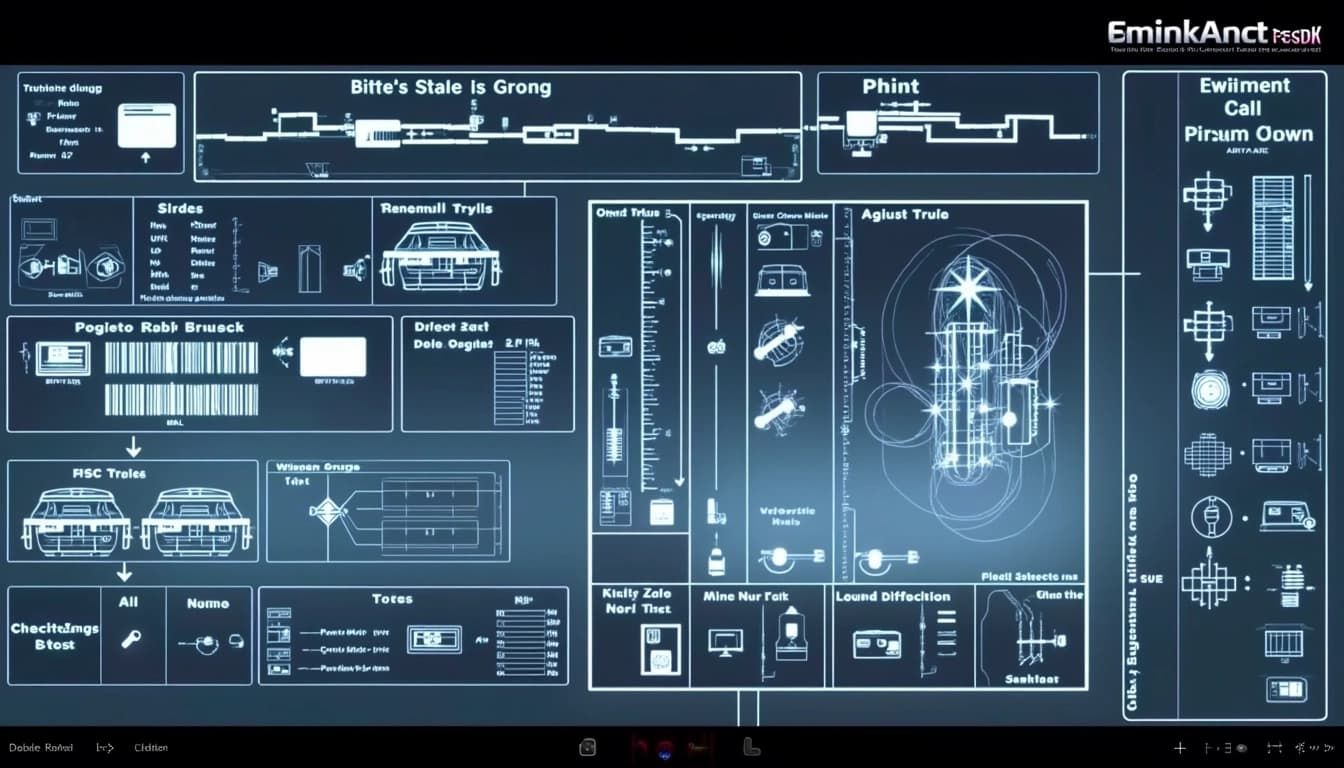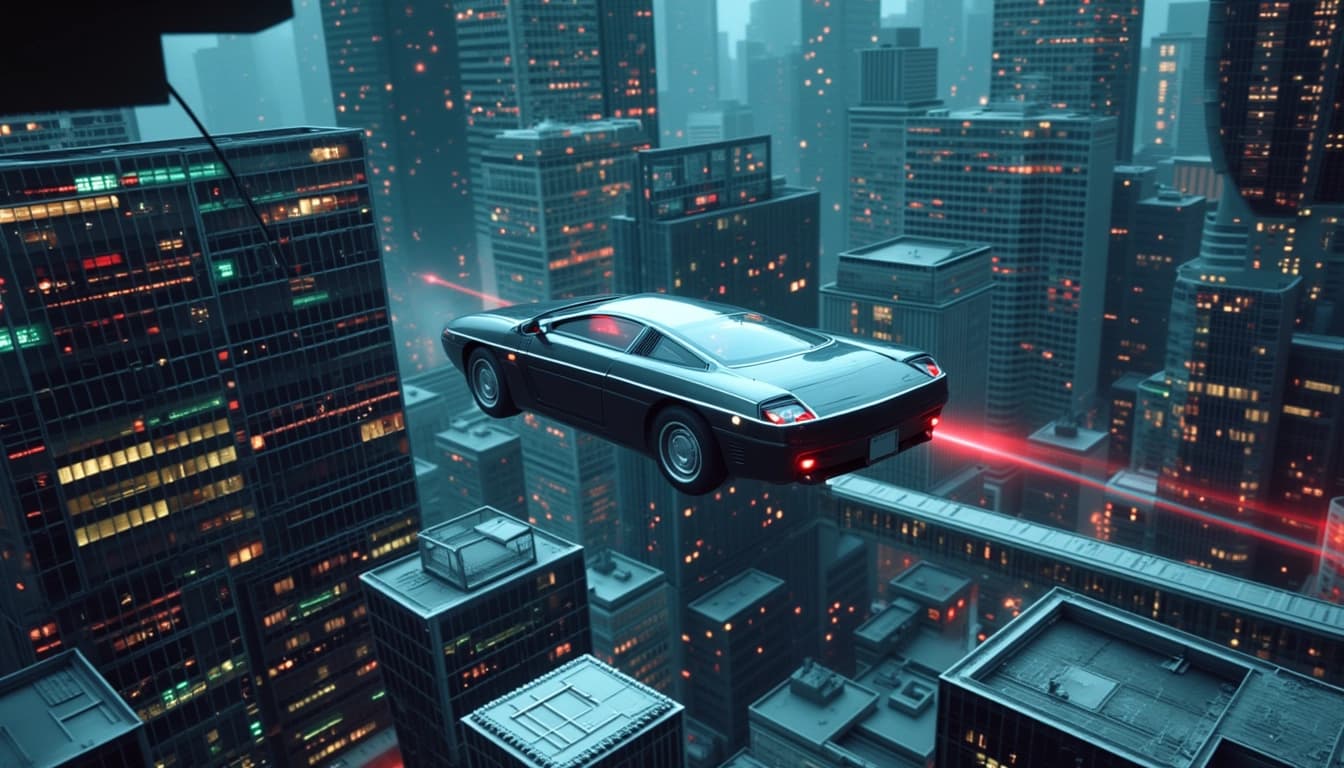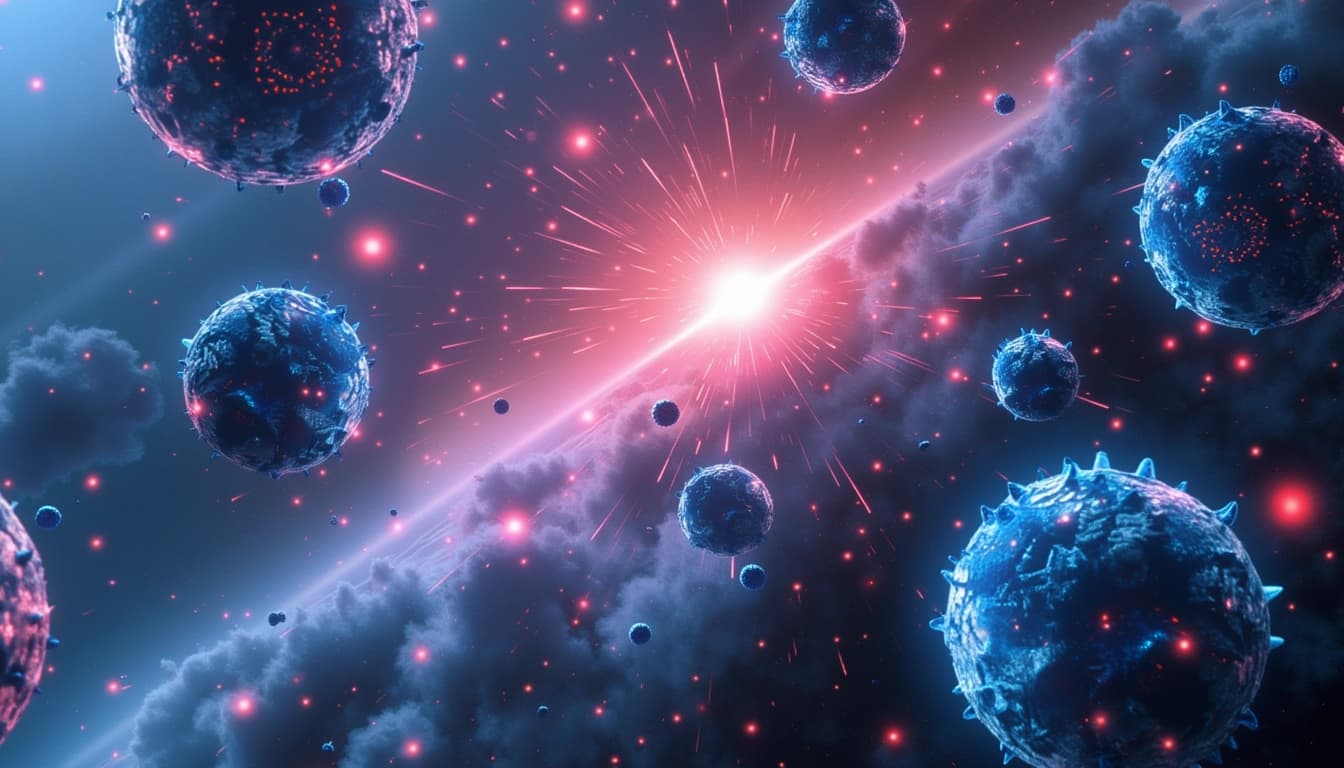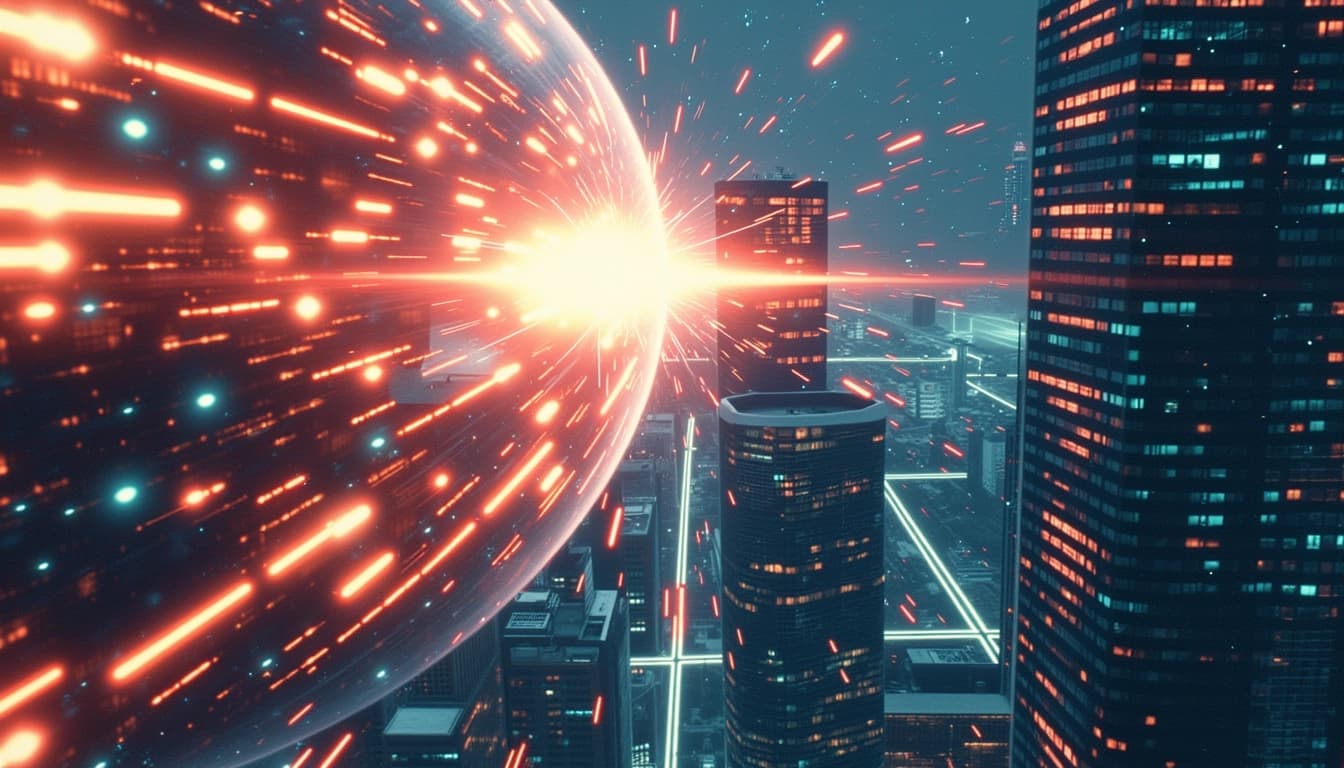
Key Points on SSD-1B for Stable Diffusion
By John Doe 5 min
Key Points
Research suggests sdxl-1b, likely referring to SSD-1B, is a strong candidate for super-fast Stable Diffusion models due to its 60% speed increase over SDXL and smaller size.
It seems likely that SSD-1B balances speed and quality well, with community adoption and positive reviews.
The evidence leans toward SSD-1B being a leader now, but future models may surpass it given rapid AI advancements.
Introduction to Stable Diffusion and Speed Needs
Stable Diffusion is a popular AI model for generating images from text, widely used in digital art. As demand grows for real-time applications and accessibility on less powerful devices, the need for faster models has become crucial. This brings us to sdxl-1b, which appears to be a typo for SSD-1B, a distilled version of Stable Diffusion XL (SDXL) designed for efficiency.
What is SSD-1B?
SSD-1B, developed by Segmind, is a smaller and faster version of SDXL, claiming a 60% speedup and 50% reduction in size. It uses knowledge distillation, learning from multiple expert models like SDXL, to maintain high-quality image generation. This makes it suitable for users with limited computational resources, an unexpected benefit for hobbyists and small creators.
Performance and Community Reception
Comparisons show SSD-1B excels in prompt adherence and photorealism, especially for detailed elements like hair and skin, while being significantly faster than SDXL. Community feedback on platforms like Reddit and Hugging Face is positive, with over 1,000 GitHub stars and thousands of downloads, indicating strong adoption. This suggests SSD-1B is currently a leader in efficient text-to-image generation.
Looking Ahead
While SSD-1B is impressive, AI research is fast-paced, with potential for even faster models using techniques like Latent Consistency Models. However, as of March 30, 2025, it seems likely SSD-1B sets a new standard for super-fast Stable Diffusion models, though future developments may change this.
The SSD-1B model represents a significant advancement in text-to-image generation, offering a streamlined version of the Stable Diffusion XL (SDXL) model. By reducing the parameter count to 1.3 billion, it achieves faster inference speeds while maintaining high-quality outputs. This makes it particularly suitable for applications requiring quick turnaround times or running on less powerful hardware.
Key Features of SSD-1B
SSD-1B leverages progressive distillation to enhance efficiency, removing 40 transformer blocks and one Resnet block from the original SDXL architecture. This reduction not only speeds up the model but also makes it more accessible for fine-tuning and deployment in various environments. The model supports resolutions up to 1024x1024 and is compatible with popular platforms like Diffusers and AUTOMATIC1111.
Performance Metrics
In benchmarks, SSD-1B demonstrates a 60% improvement in inference speed compared to SDXL. For instance, it achieves 16.02 iterations per second in single-batch mode, outperforming SDXL's 10.26 iterations per second. This performance boost is consistent across different batch sizes, making it a versatile choice for both small-scale and large-scale applications.
Training and Data
The model was trained on a diverse dataset comprising approximately 15 million image-prompt pairs. This extensive training ensures that SSD-1B can generate a wide variety of visual content, adhering closely to user prompts while maintaining high fidelity and detail.

Use Cases and Applications
SSD-1B is ideal for real-time image generation, content creation, and prototyping. Its efficiency makes it suitable for integration into applications where speed and resource optimization are critical, such as mobile apps or web-based tools. Additionally, its compatibility with existing platforms ensures seamless adoption into current workflows.
Conclusion & Next Steps
SSD-1B marks a notable step forward in the evolution of text-to-image models, balancing speed and quality effectively. Future developments could focus on further optimizing the model for specific niches or expanding its training dataset to cover even more diverse prompts and styles. For now, it stands as a robust option for developers and creatives alike.

- 60% faster inference than SDXL
- 1.3 billion parameters for efficiency
- Supports 1024x1024 resolution
- Trained on 15 million image-prompt pairs
The SSD-1B model, a distilled version of SDXL, has been making waves in the AI community for its impressive speed and quality. This model is 50% smaller and 60% faster than its predecessor, SDXL, without significant loss in quality. Its ability to handle complex prompts and generate photorealistic images has positioned it as a strong candidate for the future of fast, high-quality text-to-image generation.
Performance Comparison: SSD-1B vs. SDXL
When comparing SSD-1B to SDXL, the former excels in speed and efficiency, generating images in just 2 seconds compared to SDXL's 5 seconds. This makes SSD-1B a game-changer for applications requiring rapid image generation. Additionally, SSD-1B shows superior performance in handling detailed prompts, especially those involving vibrant and textured images, though it occasionally struggles with painting-like textures.
Art Styles and Photorealism
SSD-1B shines in producing rich textures and detailed elements like hair, skin, and objects, making it ideal for digital art. However, it sometimes falls short with painting-like textures. On the other hand, SDXL offers high artistry but lacks the depth and texture that SSD-1B provides. In terms of photorealism, SSD-1B outperforms SDXL, particularly in rendering finer details such as facial features and hair.
Functionality and Prompt Adherence
SSD-1B demonstrates better alignment with text-to-image prompts, especially when the prompts are detailed. It handles symmetry and composition well, producing images with a digital art-like quality. SDXL, while more refined, often lacks the composition and depth seen in SSD-1B's outputs. This makes SSD-1B a more reliable choice for users who prioritize prompt adherence and detailed outputs.

Community Reception and Adoption
The AI community has shown significant interest in SSD-1B, as evidenced by a Reddit post that garnered over 500 votes and 144 comments. Reviews on platforms like Hugging Face and Civitai highlight its speed and quality, particularly for tasks like digital art and educational purposes. The GitHub repository for SSD-1B has also amassed over 1,000 stars, indicating strong developer interest and potential for widespread adoption.
Conclusion & Next Steps
SSD-1B represents a significant leap forward in the field of text-to-image generation, offering unparalleled speed and quality. Its ability to handle complex prompts and produce photorealistic images makes it a strong contender for becoming the new standard in fast, high-quality image generation. Future developments may focus on refining its handling of painting-like textures and further optimizing its performance for diverse applications.

- SSD-1B is 50% smaller and 60% faster than SDXL.
- Excels in photorealism and detailed prompt adherence.
- Strong community reception and potential for widespread adoption.
The Segmind Stable Diffusion 1B (SSD-1B) is a distilled version of the Stable Diffusion XL (SDXL) 1.0 model, designed to be 60% faster while maintaining high-quality image generation. This model is particularly notable for its commercial licensing, making it accessible for businesses and developers looking for efficient text-to-image solutions.
Key Features of SSD-1B
SSD-1B leverages knowledge distillation from multiple expert models, including SDXL, ZavyChromaXL, and JuggernautXL, to achieve its efficiency. The model is optimized for speed and performance, making it suitable for real-time applications. It has been widely adopted, with thousands of downloads on Hugging Face, indicating strong community support.
Performance and Hardware Requirements
The model performs optimally on high-end GPUs like the A100 80GB and RTX 4090, delivering fast inference times. However, its smaller size also makes it more accessible for users with lower-resource devices, providing a balance between speed and quality.
Comparison with Other Models
When compared to other fast models like SD Turbo and LCM LoRA, SSD-1B stands out for its balance of speed and quality. While models like SD Turbo can generate images in fewer steps, they often sacrifice quality. SSD-1B, on the other hand, maintains high-quality outputs while being significantly faster than SDXL.

Trade-offs and Limitations
Despite its advantages, SSD-1B has some limitations. For instance, it may not capture the same level of artistic detail as SDXL, particularly in painting-like textures. Additionally, its performance is highly dependent on hardware, which may limit its accessibility for some users.
Future Prospects
The future of SSD-1B looks promising, with ongoing improvements and potential integrations into commercial applications. Its open-weight nature and commercial licensing make it a versatile tool for developers and businesses alike.

- 60% faster than SDXL
- Commercial licensing available
- Optimized for high-end GPUs
- Smaller size for lower-resource devices
The distilled SDXL model, known as SSD1B, offers a significant improvement in efficiency by being 50% smaller and 60% faster compared to the original SDXL model. This advancement allows users to generate high-quality images without compromising much on the output quality, making it a practical choice for those who need speed and performance.
Performance and Efficiency
The SSD1B model is designed to optimize both memory usage and processing speed, making it ideal for users with limited hardware resources. By reducing the model size and increasing inference speed, it becomes more accessible for real-time applications and large-scale deployments.
Key Features of SSD1B
The model retains most of the quality of the original SDXL while being significantly lighter. It leverages distillation techniques to compress the model without losing critical details, ensuring that the generated images remain visually appealing and coherent.
Comparison with Other Models
When compared to other fast models in the Stable Diffusion ecosystem, SSD1B stands out due to its balance between speed and quality. Users have reported that it performs exceptionally well in generating images quickly while maintaining a high level of detail and realism.

Use Cases and Applications
The SSD1B model is particularly useful for applications that require rapid image generation, such as content creation, prototyping, and real-time art generation. Its efficiency makes it a great choice for developers and artists who need to produce high-quality outputs without long wait times.
Conclusion & Next Steps
The SSD1B model represents a significant step forward in making powerful text-to-image models more accessible and efficient. For those looking to integrate fast and reliable image generation into their workflows, SSD1B is a compelling option worth exploring further.

- 50% smaller than original SDXL
- 60% faster inference speed
- Minimal quality loss